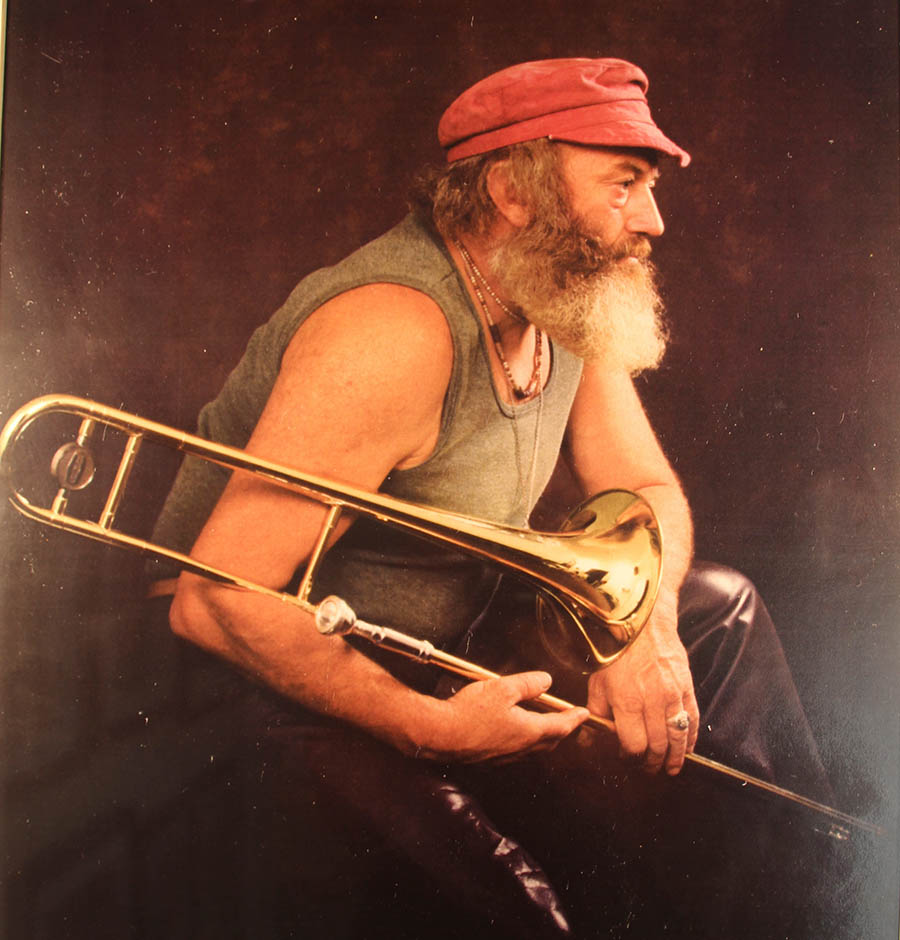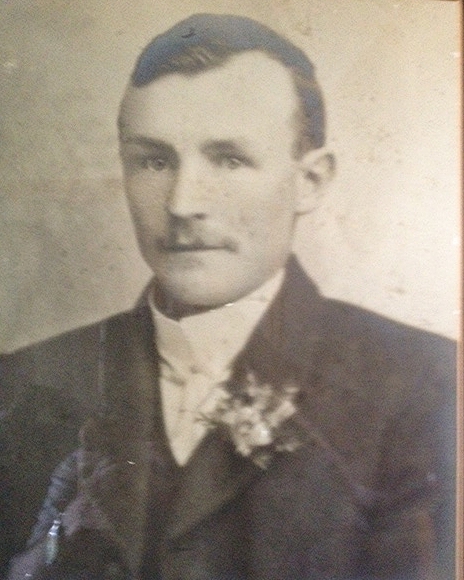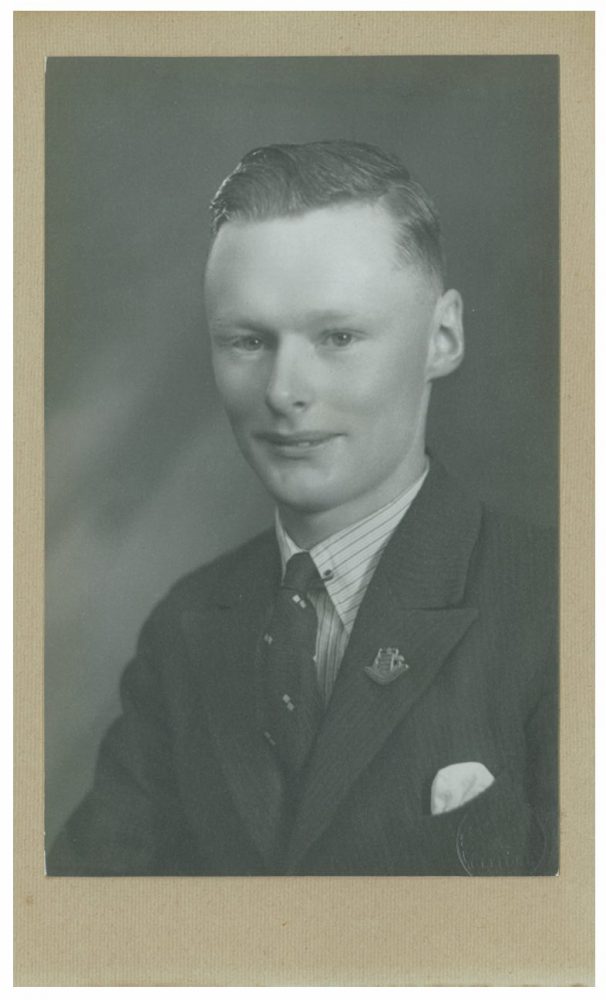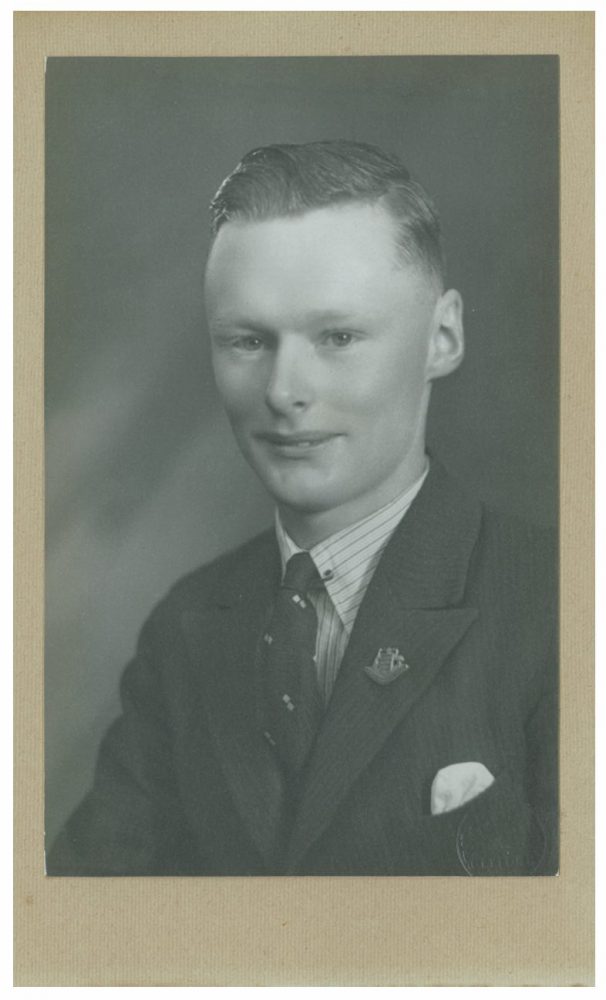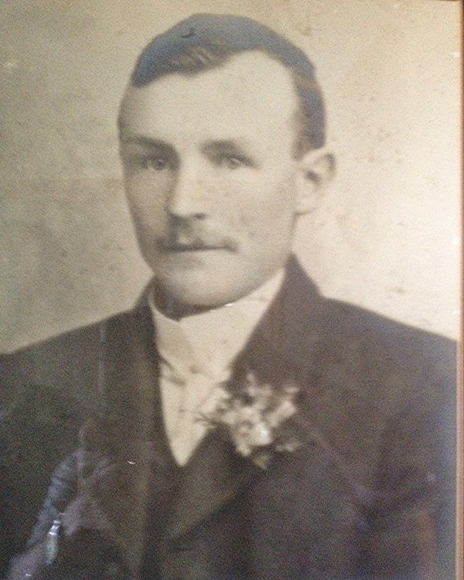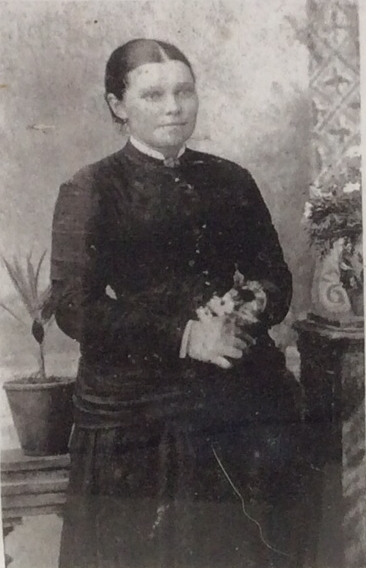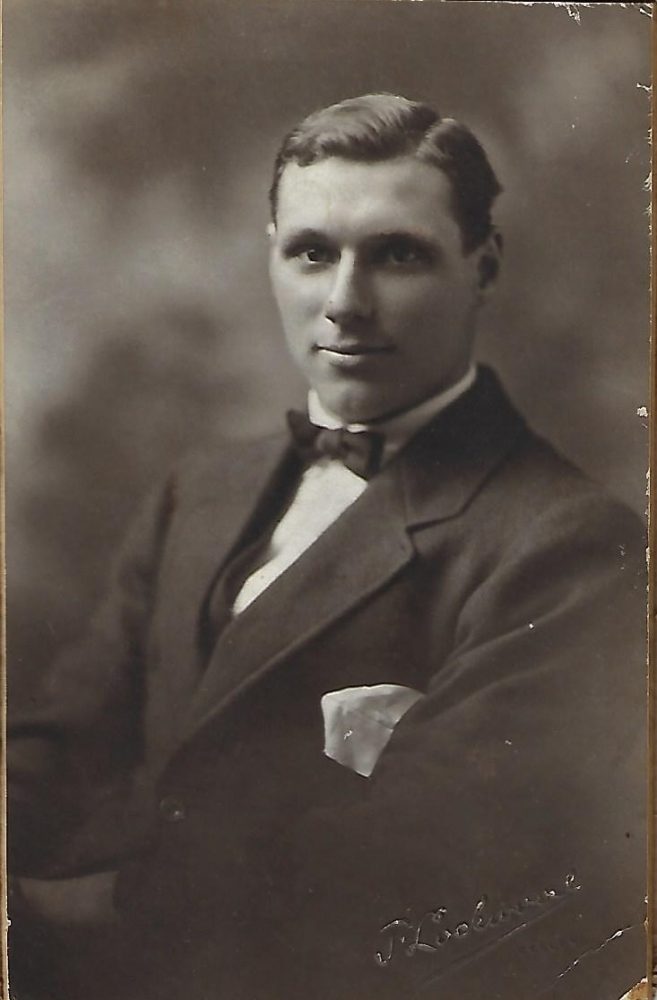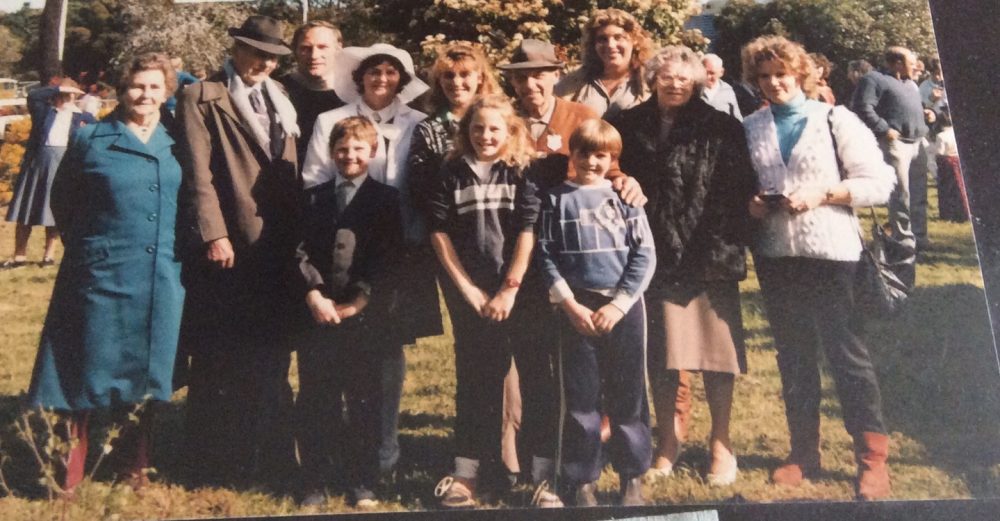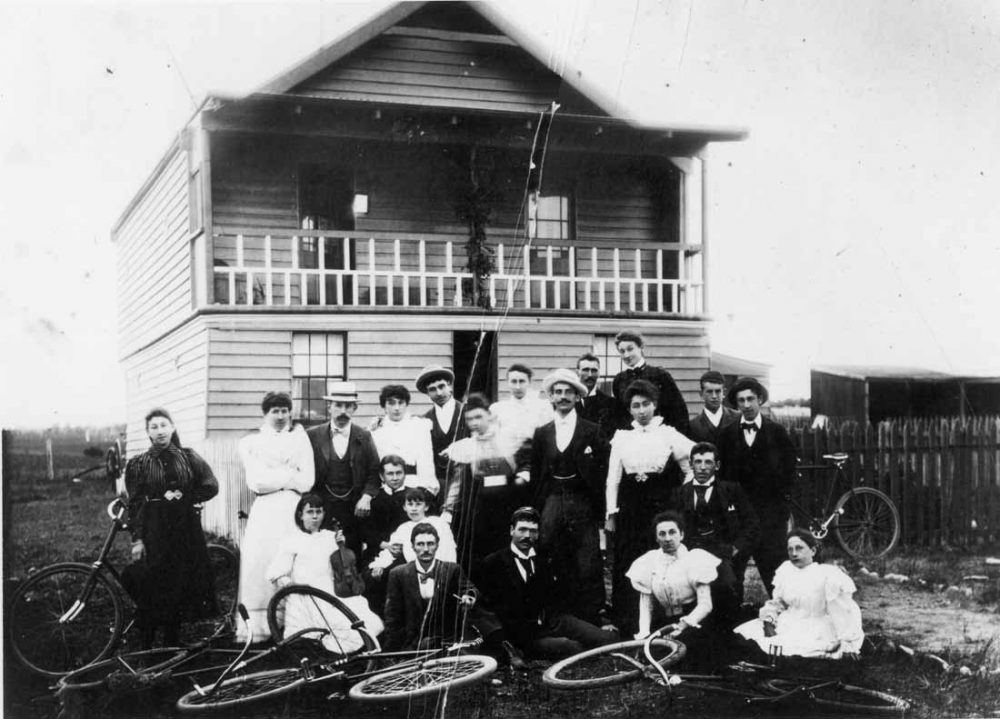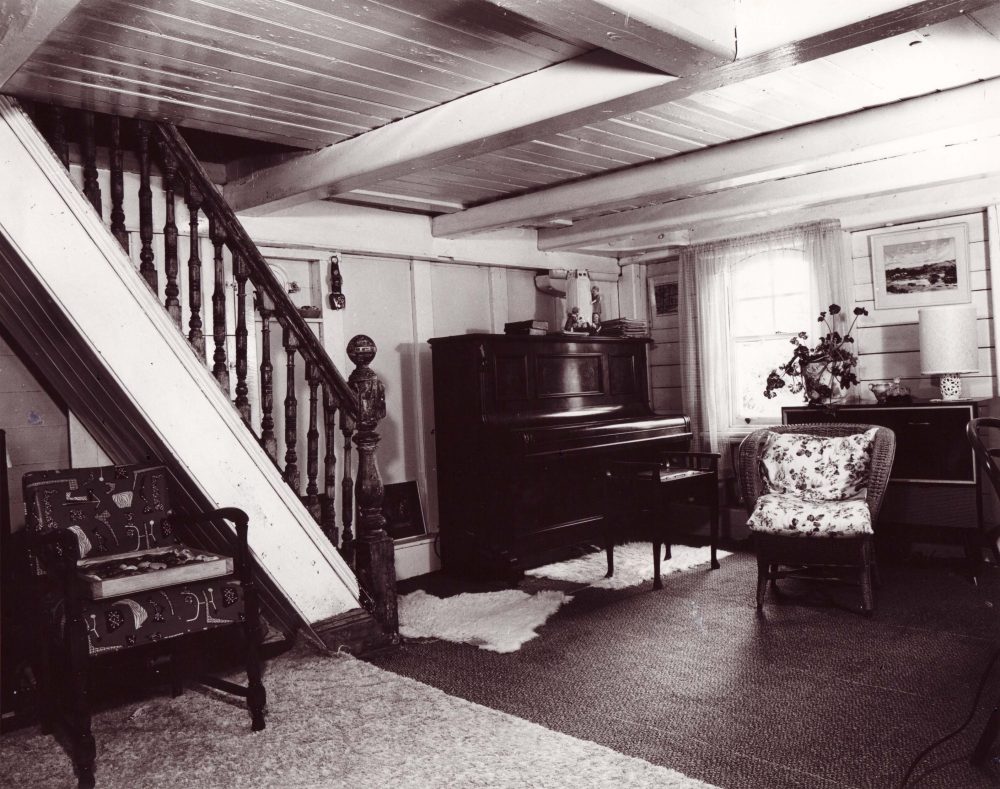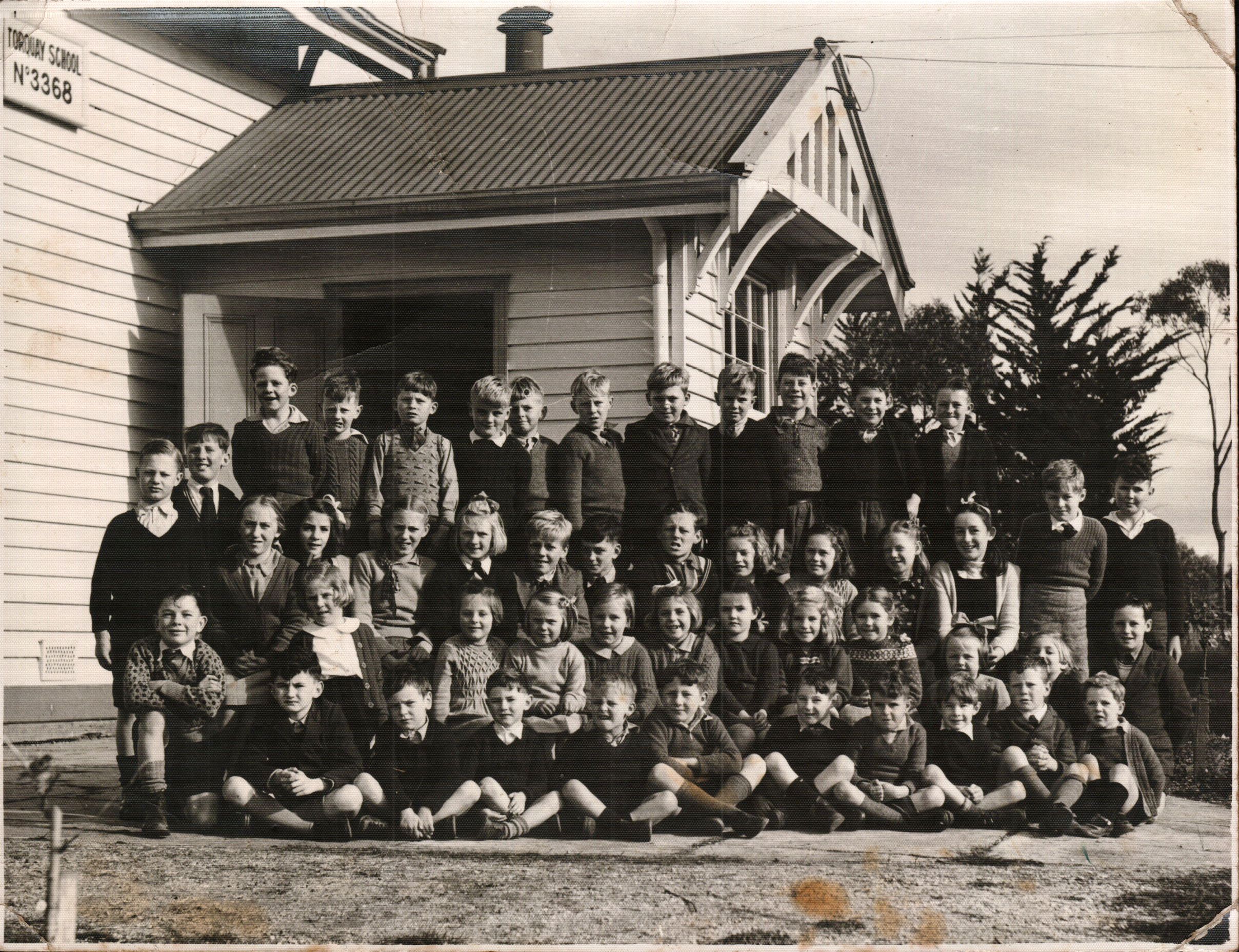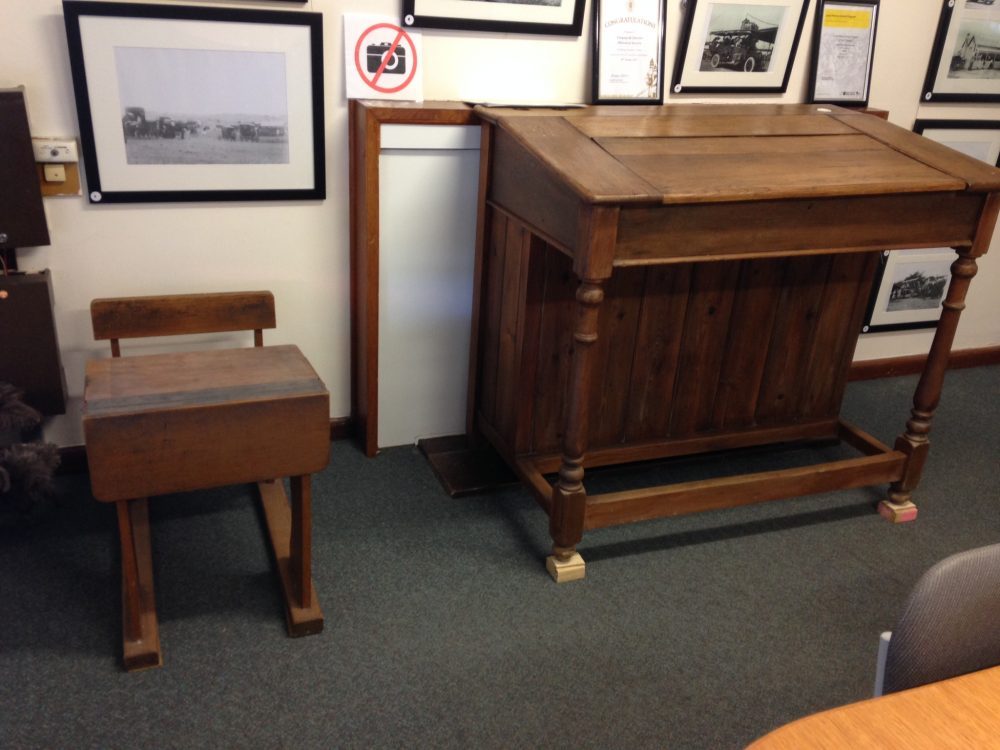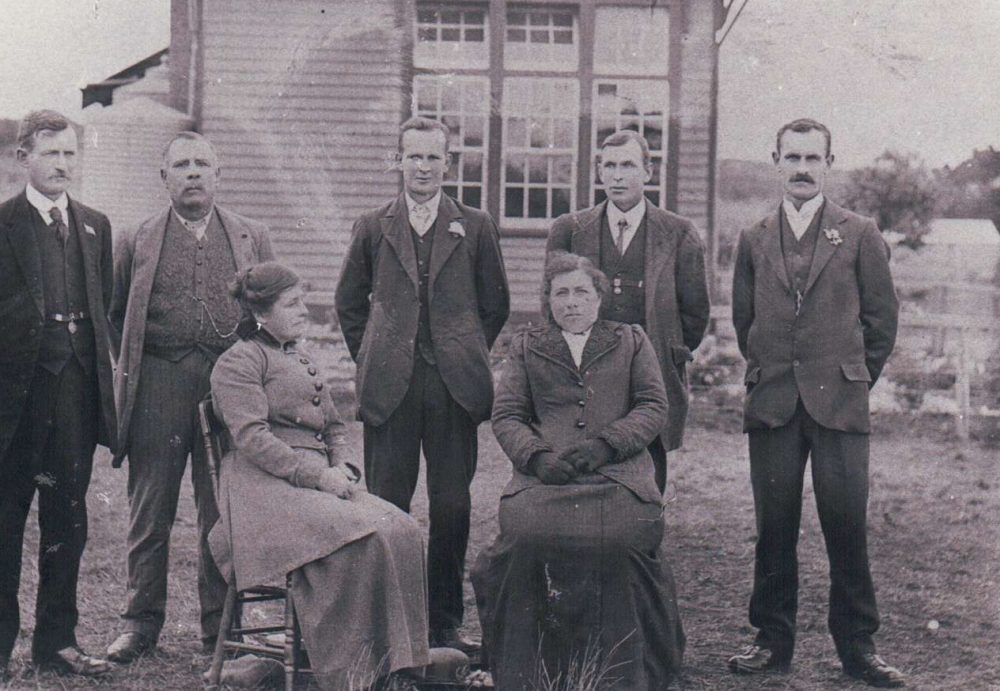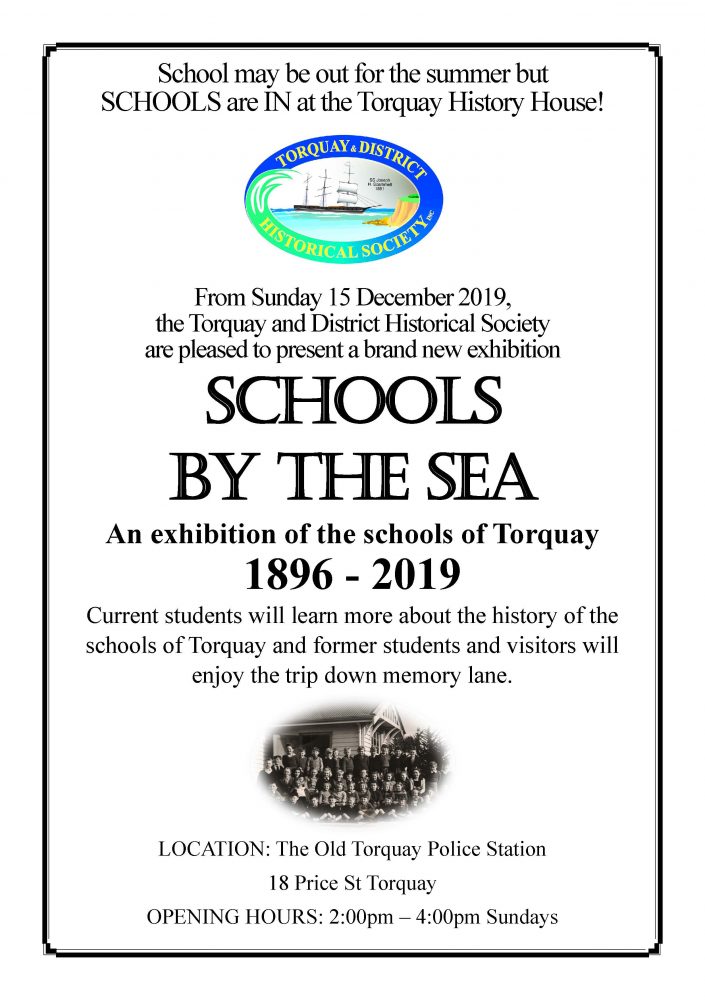MCCANN FAMILY HISTORY

HISTORY OF THE FIRST PETER MC CANN Note: Mc means the “son of”
Unfortunately in 1922 during the Irish Civil war, the majority of Irish State, domestic and ecclesiastical records were destroyed when the IRA burnt down Custom House and irreplaceable historical records were lost. The following stories have been supplied by the Mc Cann Family from family histories traced by past members of the family, and the amazing book compiled by Peter Mc Cann, grandson of the first Peter Mc Cann who was transported to Australia as a convict
Peter McCann, was born circa 1769 in County Monaghan which is part of the historical province of Ulster, now known as Eire or the Republic of Ireland, His parentage is unknown. At about the age of 29, he was a Catholic labourer, and charges were brought against him by a Mr. Irvin for robbery at Monaghan, Ireland. He was convicted in April 1798 and was sentenced to transportation for a term of seven years.
At that time a rebellion – “The Rising”, one of the most concentrated episodes of violence in Irish history had resulted in a death toll of 30,000. Hundreds of men convicted of rebellion were sentenced to transportation or to death. The ships “Minerva” and “Friendship” transported the rebels to NSW. Prisoners were taken from the Geneva Barracks in Duncannon, County Wexford, and from Dublin to Cork.
PETER Mc CANN, AND MARY FITZGERALD is our first story in the Mc Cann history in Australia
Mary Fitzgerald was born circa 1787 at Clonmel, County Tipperary, Ireland. She was convicted in 1801 at Waterford, Ireland, and transported on the Ship “Atlas”, on 29th November, 1801, to NSW. She was sentenced to seven years transportation and sailed with her Mother/Sister Ellen Fitzgerald. They arrived in Sydney NSW on 7th July 1802
On 9th January 1804, Peter McCann and Mary Fitzgerald were married at St. Johns Church of England, Parramatta. Peter and Mary had two children, Nicholas born on 28th November 1803 and Catherine born on 1st July 1805.
Peter McCann rented and farmed land at Cornwallis Farm, Windsor. According to the 1806 “Muster” (Census), Peter and Mary lived there with their two children, Nicholas and Catherine. Their Grandson Peter McCann was born in 1828 and died in 1908. Peter recorded his father’s description of his grandmother Mary as his “beau-ideal of a wife and mother, a frugal and industrial wife and an affectionate mother brought up to farm life.”
The First part of the story, written by Peter McCann Grandson of the first Peter Mc Cann, to record the McCann Family history, begins with the first Peter Mc Cann, and his son Nicholas. Grandson Peter described his grandfather “as a man of splendid physique, six feet three inches in height, stout in proportion, and weighed 16 stone.
Also related in his history book, The “Governor, evidently realized that he had in him the makings of a good colonist; as he selected him along with others, to till and work a large area of land, Under the “bounty system” then existing, he was provided with implements, provisions, seed and cattle until such time as he could make the land yield a return.”
The book goes on to say that because Mary was brought up to farm life, and Peter being a man possessed of great physical strength, activity and a great capacity for industry, together with the high prices they obtained for their produce they quickly began to prosper in life.
Life as they knew it then, was short lived. On 21st October, 1806 Peter at the age of 37 free by servitude accidentally drowned in Rickerby’s Creek, near Windsor in a Hawkesbury River flood.
At the time of Peter’s death, Mary was 19 with two young children and not surprising in a land with an overwhelming imbalance between males and females, Mary remarried on 2nd November 1807, to a farm neighbour James Neill, who had been transported to Sydney on the Marquis Cornwallis in 1795. Mary gave birth to two children with James Neill. James died in 1811 at the age of 40. Mary married a third time in 1813 to John Hill, with whom she had two more children.
Mary’s Mother, Eleanor Fitzgerald married John Norris. John Norris was a convict, a stone mason and brick layer and was a native of Birmingham. He was also Peter McCann’s closest friend. He had opened a Monumental and Builders yard on the Main road between Parramatta and Sydney, and he was the Godfather to Peter and Mary’s son, Nicholas McCann. John Norris was a great influence on young Nicholas.
As recorded in the McCann book that John Norris seems to have been “a splendid tradesman, sober, industrious and meticulous. He seems to have had a great capacity to make money, and at the same time to take care of it.” He married late in life to an older lady of his own age, and did not have any family of his own. It was said that this was probably because his chief object in life was to make a man of young Nicholas.
Continued in Part 2

